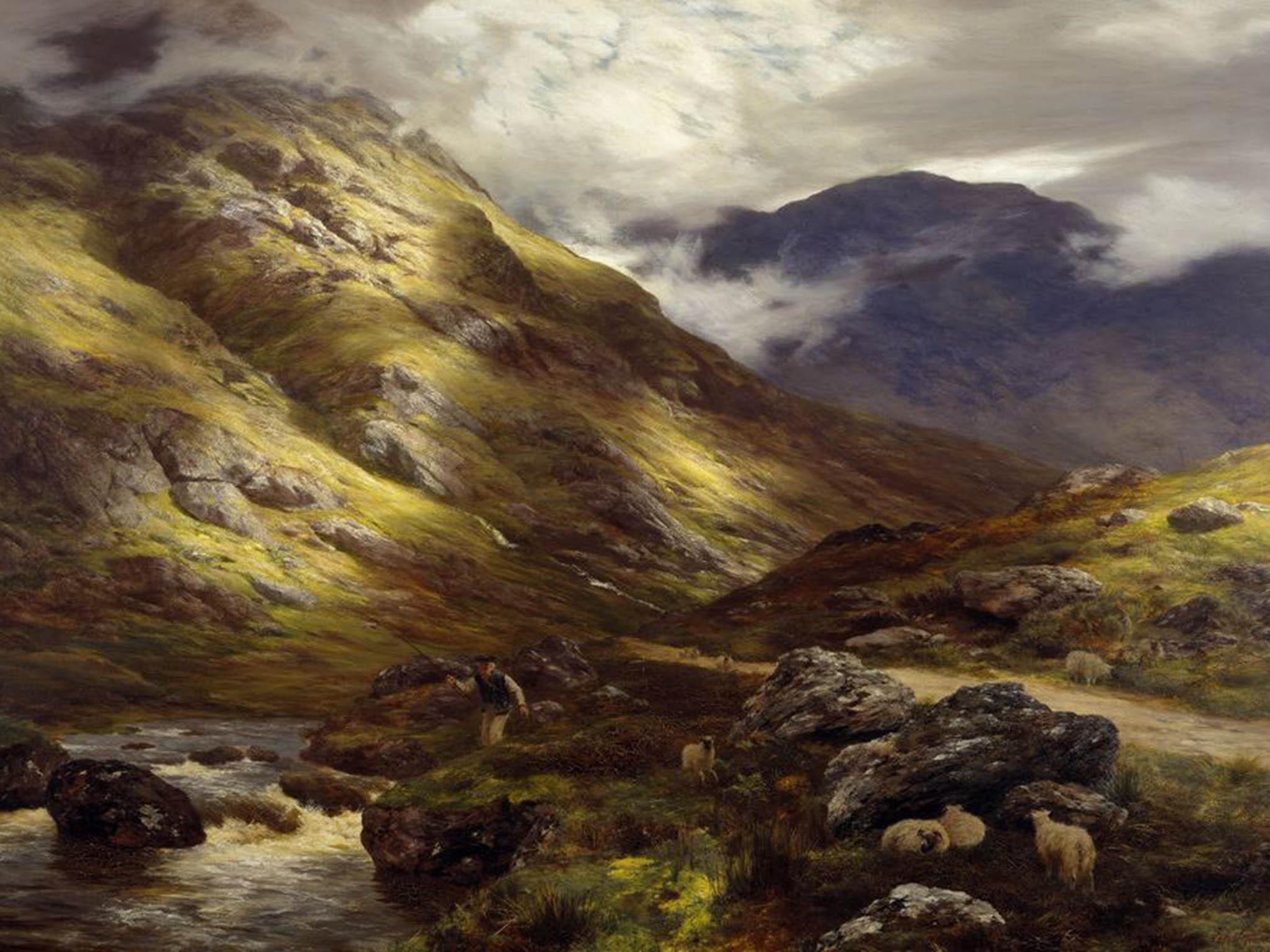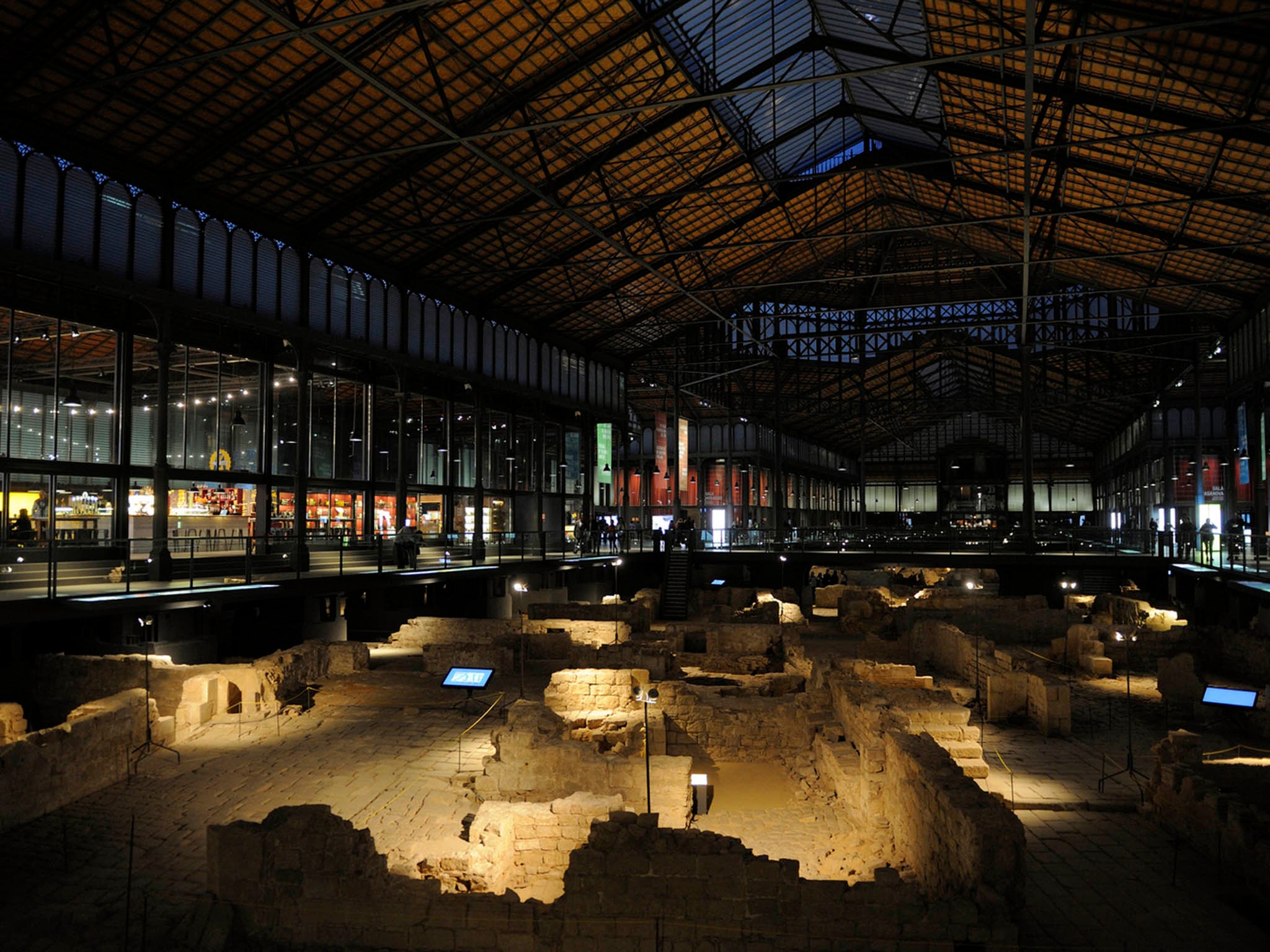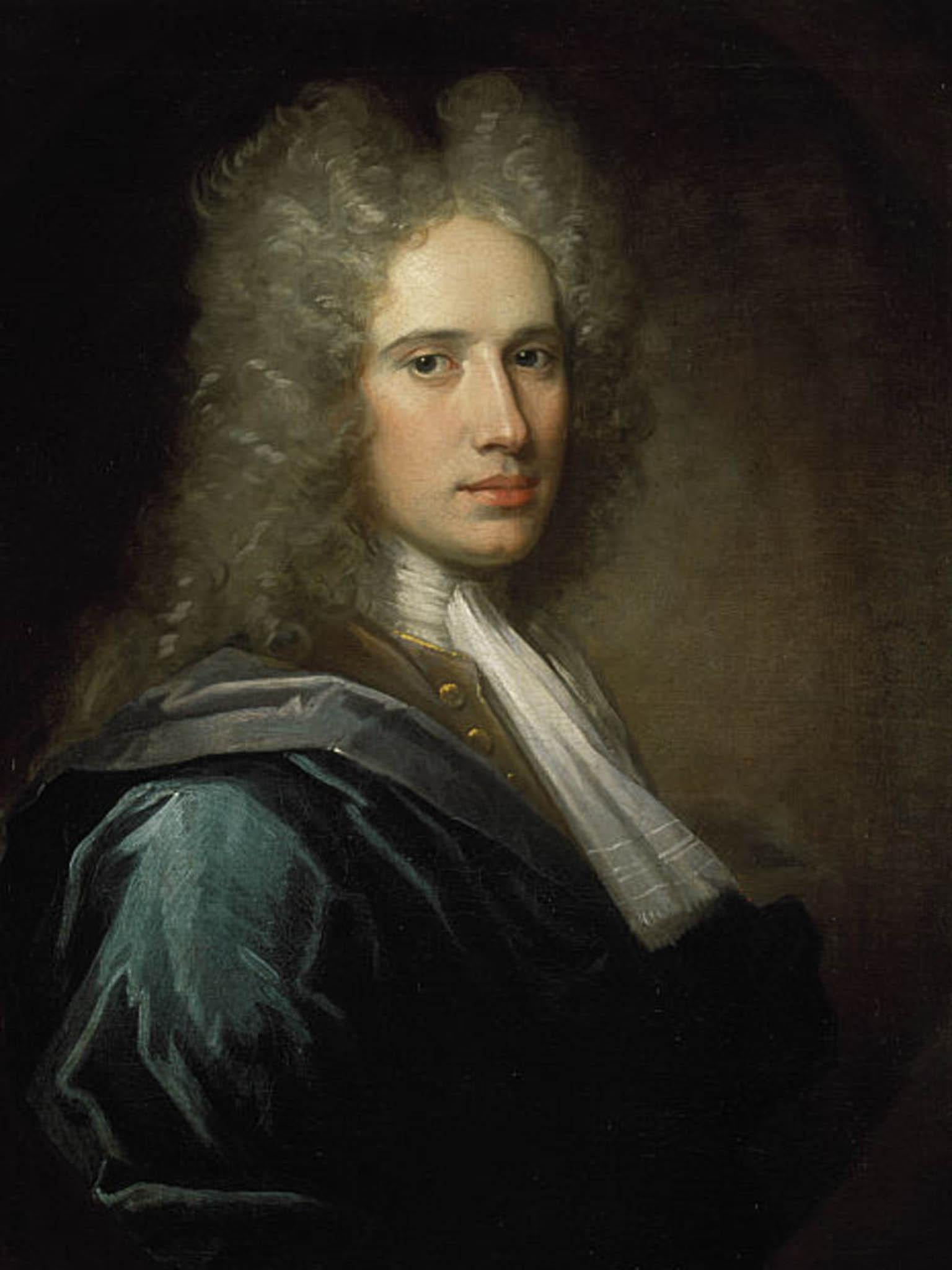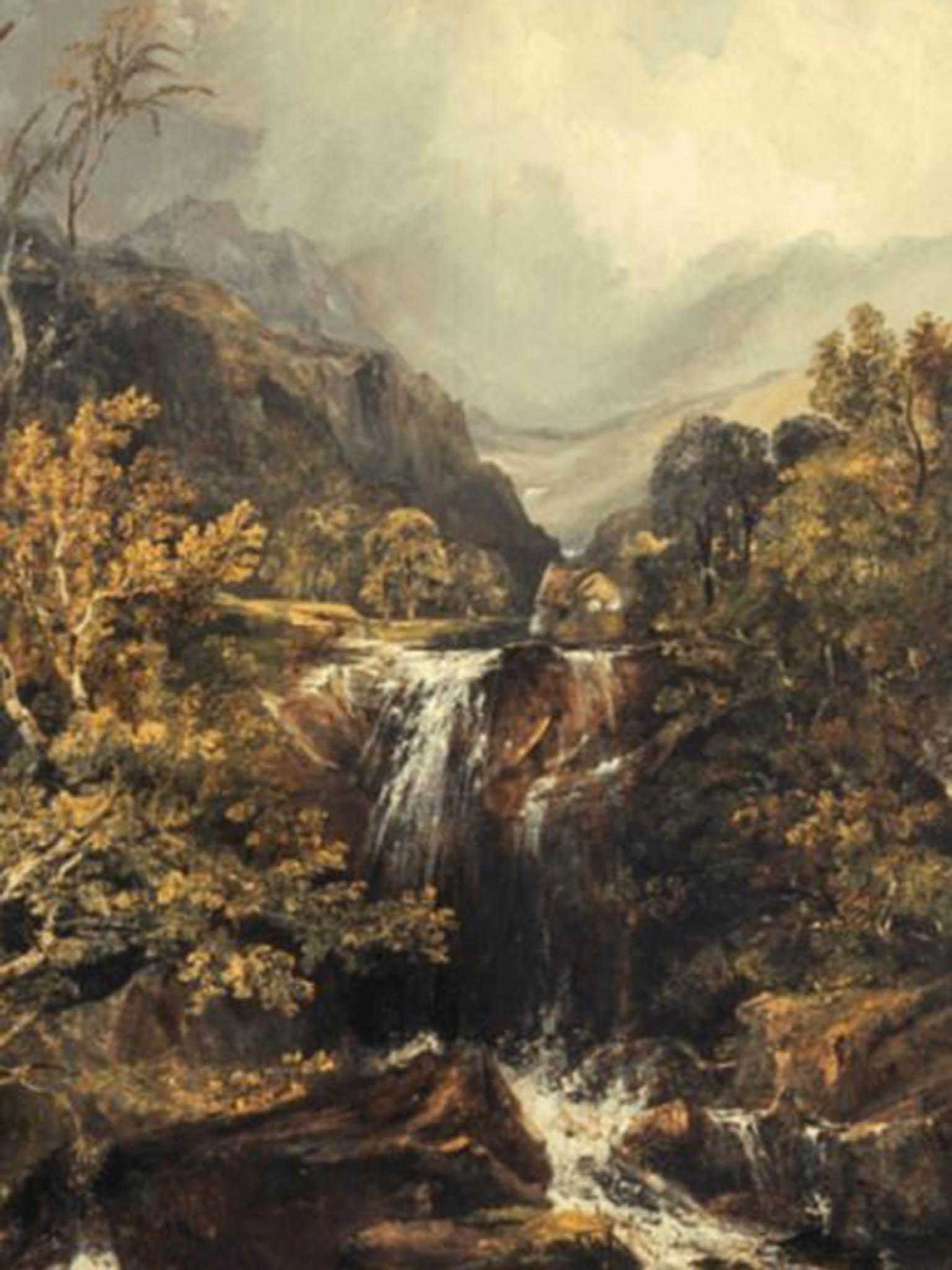The story behind Scotland’s art is not being told – here’s why
The social and political story behind Scotland’s secret world of art

Your support helps us to tell the story
From reproductive rights to climate change to Big Tech, The Independent is on the ground when the story is developing. Whether it's investigating the financials of Elon Musk's pro-Trump PAC or producing our latest documentary, 'The A Word', which shines a light on the American women fighting for reproductive rights, we know how important it is to parse out the facts from the messaging.
At such a critical moment in US history, we need reporters on the ground. Your donation allows us to keep sending journalists to speak to both sides of the story.
The Independent is trusted by Americans across the entire political spectrum. And unlike many other quality news outlets, we choose not to lock Americans out of our reporting and analysis with paywalls. We believe quality journalism should be available to everyone, paid for by those who can afford it.
Your support makes all the difference.Catalans tell their story to the world at the El Born Cultural and Memorial Centre in Barcelona. It tells of how the Bourbon Philip V defeated them in the Spanish War of Succession in 1714. He then abolished Catalan constitutions, parliament and rights; suppressed their universities; and ended administrative use of the language. He demolished nearly a fifth of Barcelona – including the site of the centre.
This conscious destruction of identity has been bitterly resented by the people ever since. El Born condemns the past and celebrates modern Catalan culture as a continuity with the old times before the war.
This imbues everything at El Born, from the text on the entrance panel that says “nothing was ever the same” after the fall of Barcelona, to the restaurant menu that offers Philip V’s entrails.
Everyone in Catalonia buys into this narrative, regardless of their support for independence. The people know who they are, what they lost, what they want back.
In Edinburgh, meanwhile, the National Gallery of Scotland is gearing up for a major expansion. It is rebuilding a “Scottish wing” and its collection of Scottish art is currently not on display. Will there be a similar approach to El Born? I very much doubt it.

Not coming soon
Were Scotland’s national gallery to follow that Catalan model, you might see a Pictish standing stone by the entrance next to Kate Whiteford’s drawings of Calton Hill in Edinburgh. An opening panel might read:
“Scotland was for centuries a small but successful independent European country. Like Holland it was a Calvinist trading nation. Its art too had Low Countries parallels. But following disastrous overseas speculation, Scotland was refused financial support and some proposed political union with England. Many were opposed but the vote was corrupt. The nobles sold Scotland for English gold and nothing was ever the same again.”
Visitors might walk through to paintings to illustrate George Jamesone’s primacy in the 16th/17th century, alongside his contemporary John Michael Wright. A portrait comparison of John de Medina and William Aikman might explain that while Medina could not keep up with demand in culturally vibrant pre-Union Scotland, Aikman had to make his living in London a few years later because Scotland had been stripped of patronage.

The tale could continue with Allan Ramsay the primary portrait painter of Europe in the 18th century, lured to the royal court in London despite an upbringing steeped in Scottish cultural identity; and Henry Raeburn, 18th/19th-century chronicler of a Scottish egalitarianism that contrasts with class-ridden England.
There would be David Wilkie, the inventor of modern genre painting; GP Chalmers and George Reid, who brought modern continental art to Scotland at a time when nationalist England ignored it. Then James Guthrie, John Lavery and the French influence. The Colourists and Modernism. Nothing in the gallery would ever mention England except to point out Scotland’s artistic independence and/or superiority.
Wha’s like us?
It is not the artists that will probably be missing from this display but the narrative. The gallery is unlikely to emphasise that the pre-Union paintings were created in an independent country; that the 18th-century artists were increasingly seeking to fit British sensibilities; that the Highland romance in many later works came out of a colonised state desperately trying to find its own identity. And make no mistake: not acknowledging these things is no less political than the alternative.
The problem is that Scots do not have a single shared identity like the Catalans, viewing the past with the same emotion and seeing a continuity with the present. Scotland’s modern identity was not born in outside oppression but through a vote of sorts. Post-Union Scotland was not immediately a victim of oppression, murder and discrimination so there was no shared “enemy”.

Scots often find it faintly awkward that their heroic achievements relate to constant war with England, either because they feel happily part of Britain or are repeatedly assured by Scottish nationalist politicians that independence is not anti-English. It is complex where Catalan nationalism can be anti-Spanish, plain and simple.
Scotland’s nearest thing to a unifying identity is Highlandism: the romantic ideal of the noble clansman and his spectacular surroundings that was championed above all by Walter Scott – the Horatio McCulloch landscape above is an example of the art that followed.
But to most people nowadays Highlandism is a manufactured monster of tartan gonks, Nessie, Harry Lauder and kitsch which is no less uncomfortable. Many Scots seem to prefer insisting they are a cool mid-Atlantic internationalist people and nothing else.
My own view is that Scots should not throw away the past, no matter how embarrassing or awkward. Scotland invented Highlandism because its own culture had been ignored by London and suppressed by many leading Scots in the years after Union.
Rejecting it is siding with Irvine Welsh’s Rent Boy in Trainspotting saying, “it’s shite being Scottish”. Behind his nihilistic attack on Scotland as the “Land of the Mountain and the Flood” is really an impotent anger at having nothing to put in its place. Accept it and Scotland has no past of its own, only present. Yet Scotland’s identity is not nothing. It is Walter Scott, Jacobites, Presbyterians, Dalriada, Gaels, Samuel Smiles, Catholicism, Glencoe, internationalism, Clearances, Enlightenment, Doric and much more.
Some might argue your visual artistic culture doesn’t need to tell your national story. Andrew Fletcher of Saltoun, the writer and politician, famously said in 1703 that “if a man were permitted to make all the ballads, he need not care who should make the laws of a nation”. He appears to be suggesting culture can survive and define a people without statehood.
Madrid’s willingness to tolerate El Born’s violently anti-Spanish rhetoric certainly supports such a reading. “Sing all the ballads you like, display all the paintings you want”, Madrid is saying to the Catalans, “just don’t vote”.
Ultimately I reject Madrid’s implication that identity is powerless if expressed only through culture. I think what Fletcher is actually saying is that culture is in effect a resistance movement. It is not vulnerable to short-term changes in law or lawmakers. It is who we were, who we are and what we will ultimately be. How we present our culture, how we construct our resistance, is very important indeed.
This article first appeared on The Conversation (theconversation.com). John Morrison is the head of school, divinity, history and philosophy, at the University of Aberdeen
Join our commenting forum
Join thought-provoking conversations, follow other Independent readers and see their replies
Comments